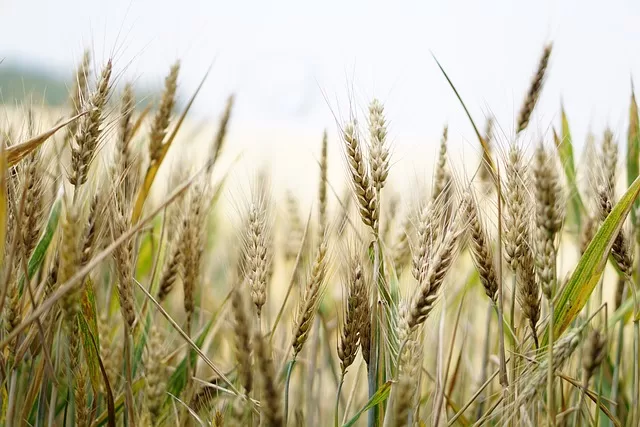According to the national farming organisation, an abnormally warm and dry winter in Italy might have a significant impact on the nation’s agricultural and tourism industries.
According to a research note published on Wednesday by Coldiretti, energy policymakers have welcomed the warm weather because they were worried that a long, cold winter could further tax energy networks that are already under pressure from rising gas and oil prices and supply concerns resulting from the ongoing conflict in Ukraine.
The union claimed that the warm weather this winter has been particularly detrimental because it has followed a summer of record-breaking heat and drought, with 30% less rainfall than typical.
Because of this, natural water supplies are now critically low, and crops later this year will be at risk because there was less rain than typical throughout the winter to replenish them.
Some crops, like lemons, are blooming early due to the warm winter weather.
This indicates that cold spells in the upcoming weeks could harm the crops, which could “have major consequences on future harvests,” according to the report.
According to Coldiretti, the tourism industry is also suffering from the warm winter because reduced snowfall affects mountain activities.
The organisation projects that in 2022, the direct and indirect costs of climate change would total 6 billion euros for the nation’s agricultural industry.
A warm winter can have both positive and negative effects on agriculture. Some possible effects include:
Positive effects:
- Crops may be able to grow for longer periods of time, potentially leading to increased yields.
- Pests and diseases may be less of a problem because cold temperatures can kill them off.
- Animals may be able to graze for longer periods of time, potentially leading to increased milk production and meat yields.
Negative effects:
- Warm winters may lead to drought conditions, as less water is likely to be stored in the form of snowpack. This can be a problem for crops that rely on irrigation.
- Warm temperatures may cause some crops to grow too quickly, resulting in reduced quality.
- A warm winter may not be sufficient to kill off certain pests or diseases, which could lead to problems later in the growing season.
Global warming, which refers to the long-term trend of rising average global temperatures, can have a number of effects on crop yields. Some of these effects may be positive, while others may be negative.
Possible positive effects of global warming on crop yields include:
- Increased carbon dioxide (CO2) in the atmosphere may lead to increased photosynthesis in some crops, resulting in higher yields.
- Warmer temperatures may allow crops to grow for longer periods of time, potentially leading to increased yields.
However, global warming can also have negative effects on crop yields, including:
- Higher temperatures may lead to drought conditions, which can reduce crop yields.
- Extreme weather events, such as heatwaves, floods, and storms, may become more common, which can damage crops and reduce yields.
- Pests and diseases may thrive in the warmer temperatures, leading to reduced yields.
Overall, the net effect of global warming on crop yields is likely to be negative, as the negative effects are likely to outweigh the positive effects. This is particularly true in regions that are already prone to drought or other types of extreme weather.



